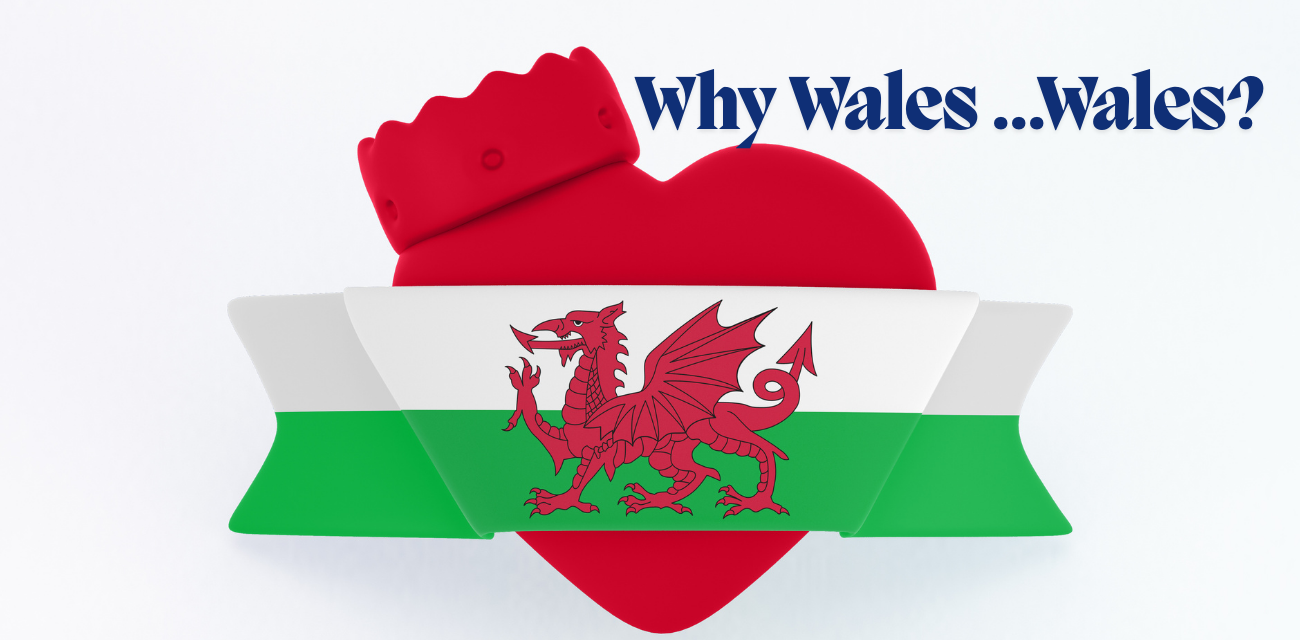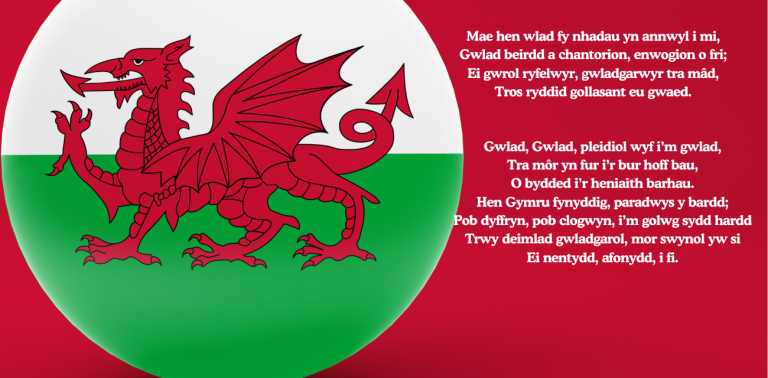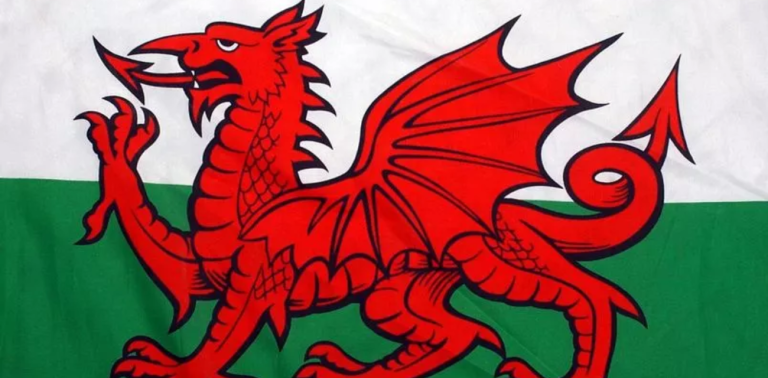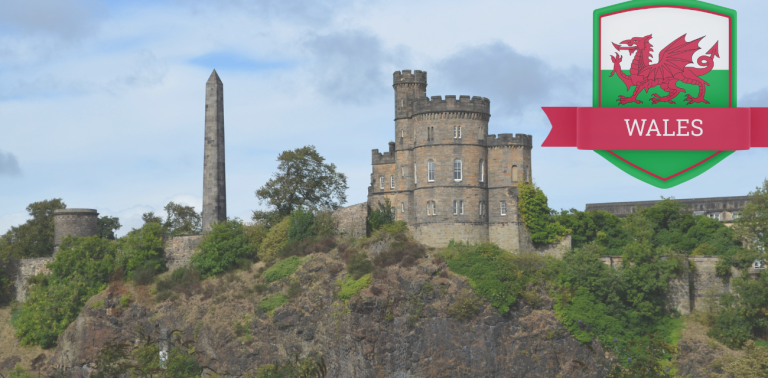The Meaning Behind Wales: Language, Culture, and Historical Significance
Wales derives its name from the Anglo-Saxon word wealas, meaning “foreigners” or “outsiders.” The Anglo-Saxons used this term to describe the native Britons inhabiting what is now known as Wales. Despite this outsider label, the Welsh people refer to their country as Cymru, a word rooted in the ancient Brittonic term combrogos, meaning “fellow countrymen” or “compatriots.” This duality of names, one imposed by invaders and the other reflecting a deep sense of unity and shared heritage, reveals much about Wales’ history and identity.
The word wealas can be traced back to the Germanic tribes that began migrating to Northern Europe in 500 B.C. These tribes labeled the native Celtic inhabitants as volcae, which over time evolved into walha, a term used to describe all foreigners, especially Celts and Romans. This linguistic evolution is evident in various historical records, with versions of the word appearing in runic inscriptions and early Germanic documents. When the Anglo-Saxons invaded Britain in the 5th century, they continued to use wealas to describe the native Celtic Britons. As a result, the land of the Celts came to be known as Wales.
Though the term “Wales” initially carried negative connotations, including associations with “the other” or even “slave,” the word has since shed those meanings. Today, Wales stands as a proud nation with a distinct identity, reflected in its culture, language, and traditions. The Welsh language (Cymraeg), which remains a central part of their cultural heritage, continues to be spoken widely throughout the country. The names “Wales” and “Cymru” encapsulate two contrasting perspectives on the region’s history—one from the lens of the Anglo-Saxon invaders and the other representing the resilience and continuity of the Welsh people.
Exploring the Rich History Behind Welsh Place Names
The etymology of place names in Wales offers a captivating window into the region’s long and varied history, shaped by linguistic influences from Celtic, Latin, Norse, English, and other sources. Dr. Dylan Foster Evans, a noted scholar of Welsh language history at Cardiff University, has extensively researched the evolution of Welsh place names, revealing how these names preserve the story of the land and its people.
For example, Cardiff, the capital city of Wales, originates from the Welsh Caerdyf (modern Welsh: Caerdydd), which means “fort on the river Taff.” The word caer translates to “fort,” and dyf refers to the river, reflecting the city’s location by the water. Another notable example is Abertawe, meaning “the mouth of the river Tawe,” while its English name, Swansea, is derived from the Norse word ey (island), with the prefix referencing a Viking named Svein. Thus, Swansea means “Svein’s island.”
Welsh place names often reveal the logic and history of the local landscape. The island of Anglesey, called Môn in Welsh, is believed to be named after a Norse settler named Ongul. Across the water, the mainland area of Arfon literally means “opposite Anglesey,” with the town of Caernarfon translating to “fort opposite Anglesey.” These simple yet descriptive names showcase the practicality behind Welsh toponymy.
In some cases, Welsh place names have taken on a more playful and famous identity. One such example is Llanfairpwllgwyngyllgogerychwyrndrobwllllantysiliogogogoch, a village on Anglesey that gained international recognition due to its exceptionally long name. The name was extended in the mid-19th century as a publicity stunt by a local shopkeeper to attract tourists. It translates to “St Mary’s church at the pool of the white hazel trees near the rapid whirlpool and the Church of St Tysilio of the red cave,” a humorous yet successful attempt to draw attention to the village.
In other instances, Welsh place names underwent changes due to English influence. For example, the Welsh Dinbych (meaning “little fort”) gave rise to both Tenby and Denbigh in English, with Tenby known in Welsh as Dinbych-y-pysgod (“little fort of the fish”) to reflect its coastal location. Similarly, the name Prestatyn remains close to its Anglo-Saxon roots, preserving the original name of Preosta-tun (“priests’ farm”) in a way that its English counterpart, Preston, has not.
People Also Read:
Why Does Wales Have So Many Castles?
Power of Hen Wlad Fy Nhadau: Reflections on a National Anthem
The Role of Welsh Myths and Legends in Place Names
Wales is rich in myths and legends that also play a significant role in the significance of its place names. Many locations are steeped in folklore, with stories that connect the land to its mythical past. For example, the town of Merthyr Tydfil is named after Saint Tydfil, a local figure whose legend intertwines with the area’s early Christian history. Such stories add depth to the names and provide insights into the cultural values and beliefs of the people.
Another example is Llyn y Fan Fach, a lake in the Brecon Beacons, which is central to the legend of the Lady of the Lake. This tale narrates how a beautiful woman from the lake married a local farmer and taught him valuable skills, emphasizing the close ties between the land and its mystical narratives. Many Welsh place names, therefore, not only describe geographic features but also encapsulate the rich tapestry of storytelling that defines Welsh culture.
Welsh Place Names in Contemporary Context
In modern Wales, there has been a resurgence of interest in the Welsh language and culture, which has led to a revival of traditional place names. Many communities are working to restore original Welsh names, promoting cultural pride and heritage. Initiatives have been launched to ensure that bilingual signage is commonplace, reflecting the dual identity of the region. This cultural revitalization is not just about language; it also includes celebrating local customs, festivals, and artistic expressions that highlight the unique character of Wales.
Additionally, Welsh place names serve as a source of inspiration for contemporary literature and art. Writers and artists draw on the historical and cultural significance of these names, using them to explore themes of identity, belonging, and the relationship between people and their environment. By engaging with their heritage, artists help foster a deeper appreciation for Wales’ past and its ongoing evolution.
Conclusion
Through its names and the stories behind them, Wales encapsulates a rich and complex history that speaks to the resilience and identity of its people. The interplay between language, culture, and folklore creates a unique landscape that is both historically significant and vibrantly contemporary. As Wales continues to celebrate its heritage while embracing modernity, the significance of its place names remains a testament to the enduring spirit of the Welsh nation.







